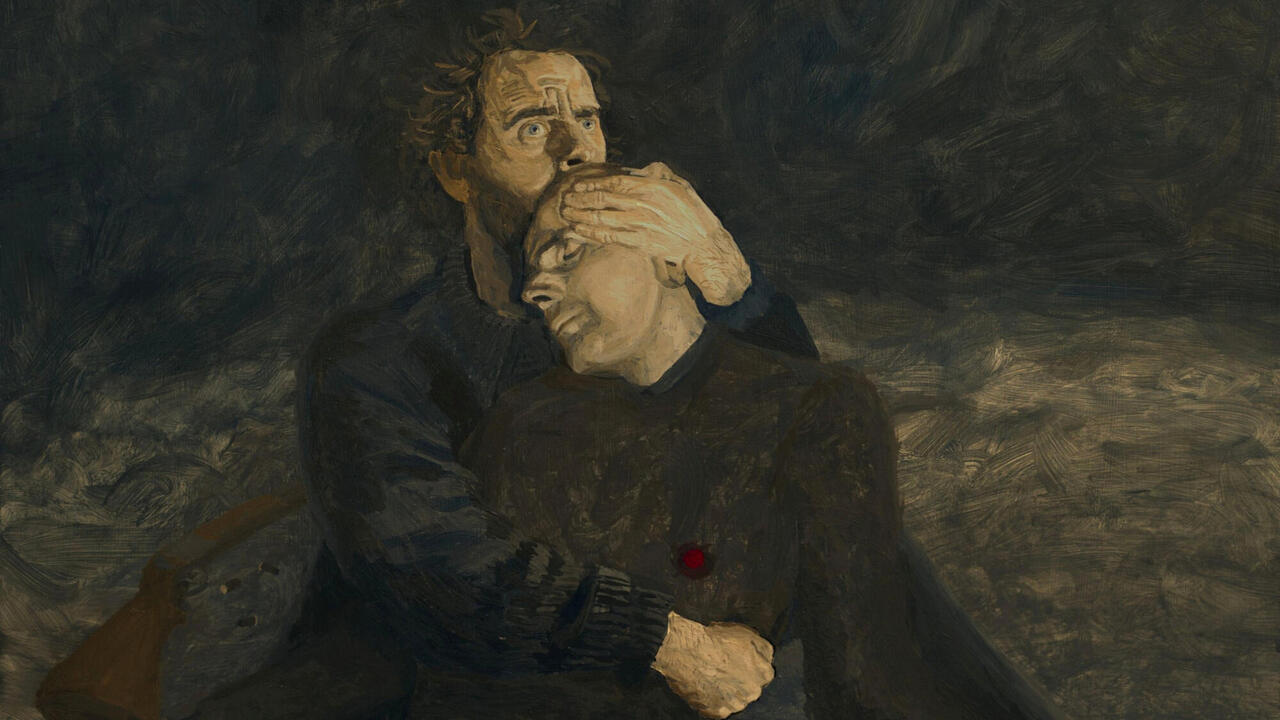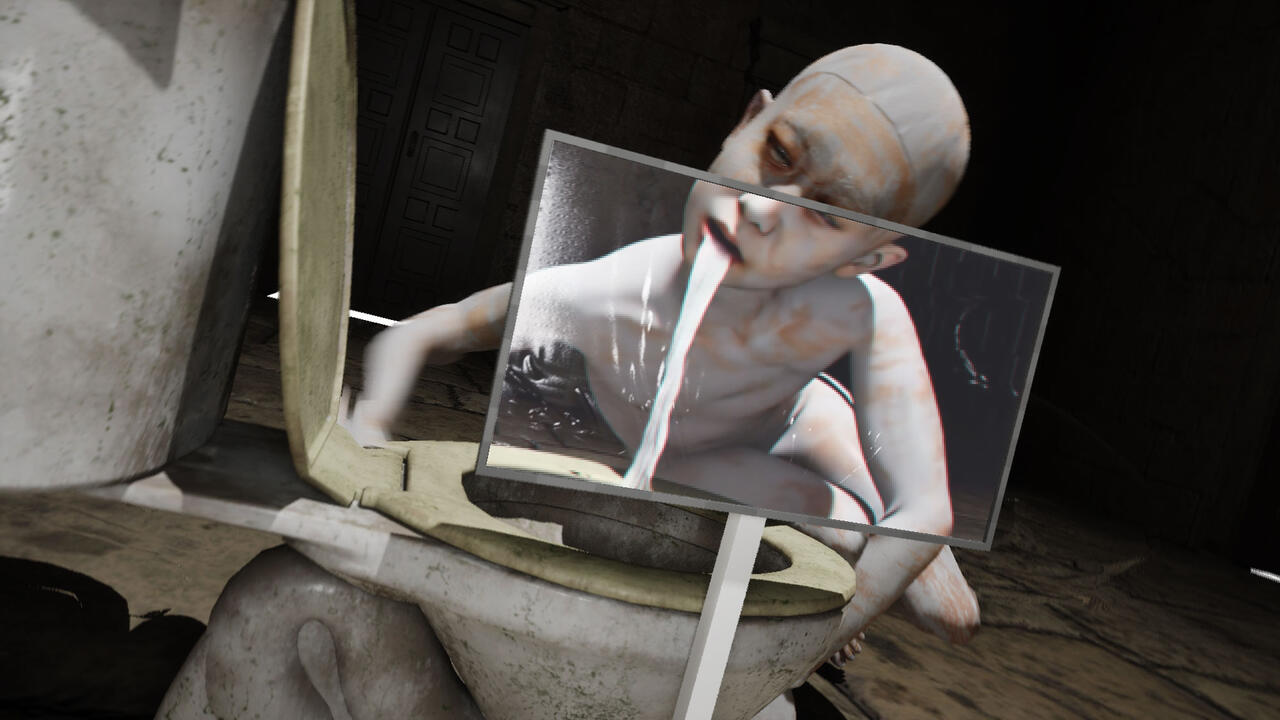Can the Art World Kick its Addiction to Tobacco Sponsorship?
With a number of museums recently rejecting donations from the Sacklers, how far should ethical funding go?
With a number of museums recently rejecting donations from the Sacklers, how far should ethical funding go?

When it comes to donations, the world’s art museums currently find themselves in a no-win situation. Last month, London’s National Portrait Gallery refused a GB£1 million grant from the Sackler Trust. Since then, other major museums – including Tate, the Guggenheim and the Jewish Museum in Berlin – have also refused to accept gifts from the Sacklers.
Given how certain Sackler family members’s pharmaceutical business, Purdue Pharma, allegedly deceived doctors and patients about the safety of many of their opioid products, like OxyContin, and even created a de facto business of selling treatments for the addictions it caused, it is undoubtedly for the best in ethical terms that they’re no longer allowed to burnish their reputation as sponsors of art and culture. Yet, it would be naïve to think that rejecting these donations was done lightly or that these museums – which rely largely, sometimes exclusively, on private funding for their survival – don’t need the money.
The calculation of cost of reputation versus amount of donation is a dynamic one, and it underlies all such financial decisions taken by institutions. With eight of the Sacklers facing – among other criminal inquiries – a class-action lawsuit from over 500 US cities, counties and tribes of Native Americans, the reputational cost of accepting donations from them has never been higher. These museums simply decided their ticket sales and their institutional prestige would be too battered if they continued to take Sackler money.

Is the cost-benefit calculation always so straightforward? Other major donors, such as tobacco-industry companies, are arguably responsible for even more deaths than the Sacklers, but have flown relatively under the radar, continuing to donate to art institutions, sometimes in a major way – to the Smithsonian Institution and the British Museum, for example. With the recent mass rejection of donations from the Sacklers, it’s curious that the same has not held true for tobacco companies.
Every year in the US, according to the World Health Organization (WHO), there are about 480,000 deaths due to complications from tobacco use or exposure. Opioids, on the other hand, claim only one tenth as many – around 49,000 deaths per year. Yet, there have been few protests against tobacco sponsorship of museums. The Whitney Museum, for instance, has long had a close relationship with cigarette manufacturers Philip Morris (operating, since 2003, as Altria). In 2009, the New York-based institution accepted 150 works from the tobacco giant, including many that could be interpreted as propagandistic, like Tobacco Rose (1965) by Mel Ramos, which depicts a naked woman sitting atop a pack of Philip Morris-branded cigarettes, and Philip Guston’s Thoughts (1972), a self-portrait of the artist smoking.
In the case of tobacco companies, sponsorship and advertising are directly related to people dying: banning them, the WHO maintains, ‘could decrease tobacco consumption by an average of about seven percent, with some countries experiencing a decline in consumption of up to 16 percent’. Worldwide, there are seven million tobacco-related deaths a year. If that figure could be decreased by even the lower estimate of seven percent through banning advertising and sponsorship, a potential 480,000 lives could be saved annually.

Yet, since the level of government financial support for museums is, in most countries, woefully inadequate, institutions are left with no option but to pursue and secure substantial private funding in order to carry out their programmes. And, given that, to date, tobacco-company sponsorship hasn’t received the same pushback as donations from the Sacklers – protests against whom have been led, in part, by high-profile art-world figures like artist and activist Nan Goldin – it is not yet reputationally necessary for museums to refuse these gifts.
It’s difficult to say if that will soon change. The risks posed by smoking are less sensational than the dangers of opioids. There are few stories of people being made homeless, living beneath bridges and doing anything for a quick fix of tobacco; whereas tales of opioids and the path they pave to drugs like heroin are visceral and shocking. Tobacco’s carcinogenic effect remains airbrushed through legality, and is culturally mainstreamed in a way that opioids are not.
Nonetheless, this recent turn against the Sacklers has reopened conversations around sponsorship relations. How far might the art world take this conversation? Could the British Museum survive without tobacco sponsorship as Tate has done? What about the Smithsonian Institute? In a recent Guardian article, their spokesperson was quoted as saying that private donations, including significant and long-term ones from tobacco companies like Altria, have been ‘critical’. How much pushback would it take to tip the donation-versus-reputation calculation, making it more critical for them to reject these gifts than to accept them?
Beyond individual cases of donation rejection or acceptance, however, these questions point to the systemic issue that museums are dependent on private funding to survive. Consequently, such donations will always come with a strategy, an underlying motive. As long as art and culture are supported by business, they will remain bound to the interests of that business. If it’s not opioids, it’s tobacco; if it’s not tobacco, it will be something else. Essentially, forcing cultural institutions to align themselves with businesses that have compromised morals and ethics is the underlying sin, and that which merits the most immediate attention.
Main image: Xu Bing, ‘Tobacco Project’, 2011, installation view, Virginia Museum of Fine Arts. Courtesy: Getty Images; Barcroft Media





















